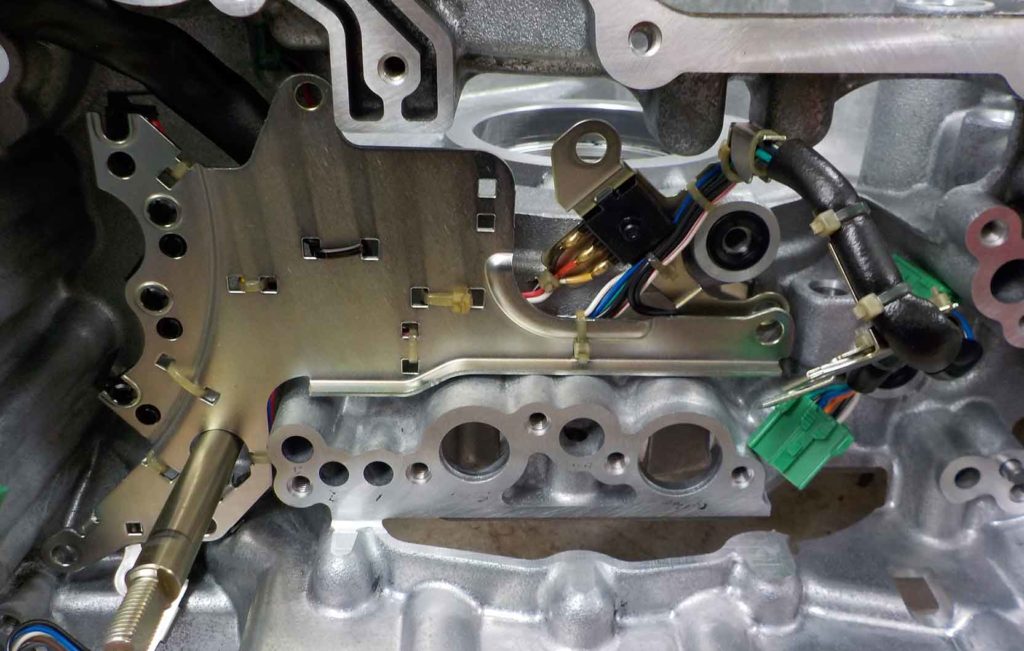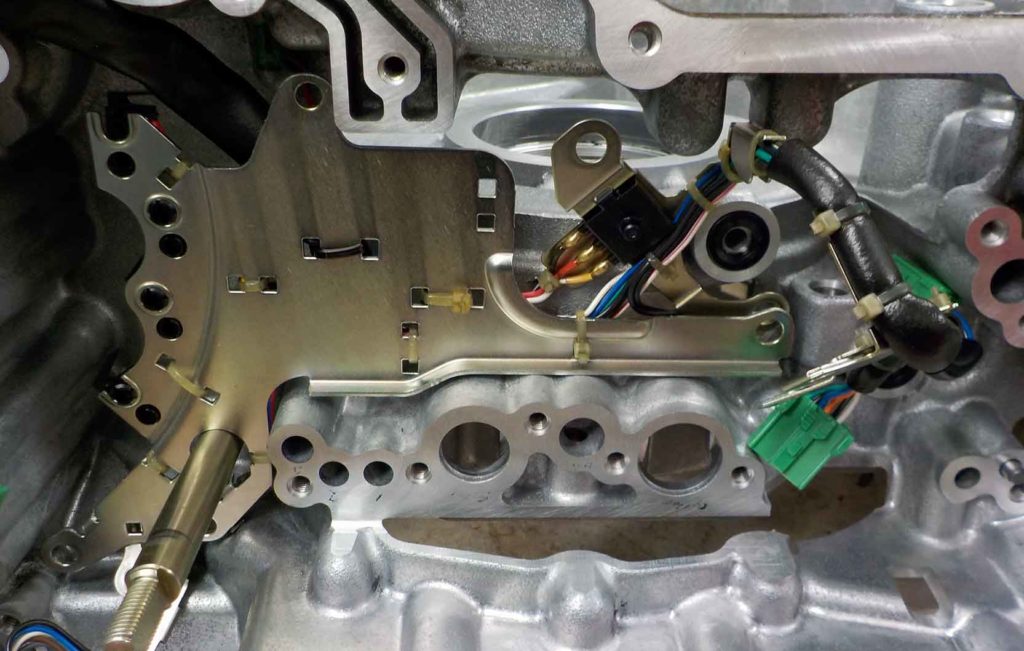PHONE: 06 874 9077 | HOURS: MONDAY-FRIDAY 9AM-5PM
PHONE: 06 874 9077 | HOURS: MONDAY-FRIDAY 9AM-5PM
Many CVTs are thrown out or rebuilt and refitted for the problem to still exist. In our CVT Transmission seminar, you will gain in-depth knowledge of how a CVT transmission works including mechanical, hydraulic and electronic aspects of CVT transmissions. Within the training, you learn the skills to diagnose a faulty CVT and be able to determine conclusively where a fault lies within either the CVT or engine.

$764.00 +GST
Prerequisites: It is prefered that you have completed AED, no matter what level of experience or previous training systems.
Equipment: This training is scan tool and scope based. Please bring your own scope and scan tool or if you don’t have one, AECS can provide one for you to use in training.

Mechanical
In our CVT Transmission training, we look at the mechanical layout of the CVT. Learning about the mechanical layout assists in understanding the hydraulics and simplicity of the transmission, this is needed to determine what could go wrong within a vehicle service.
Hydraulic
To understand CVT transmissions we will look at the hydraulics of a CVT, this will assist in diagnosing signals measured on the CVT transmission, i.e. what changes will happen if control of the valve changes. We will look at Hydraulic diagrams to understand the functions of valves and solenoids. As we share and teach about CVT transmission it will give you an appreciation of the complexity of electro-hydraulic control.
Electronic
We will look at the electronic control of the CVT transmission. Electronics are the easiest to measure on a vehicle. A thorough understanding of the mechanics, hydraulics and electronics will assist in being able to read from an oscilloscope in a few simple measurements, what is going on inside the transmission.
We cover all sensors and all actuators. You will learn how to combine signals on a scope to read, for example, gear ratio (ratio diagnostics), ratio control (effort the ECU is doing to change gear) and closed-loop line pressure control.


Gear Ratio Control
We will look at how the ECU controls the gear ratio with the solenoids, through the valve body, towards both the pulleys.
Pulley Pressure Control
We discuss how to measure the pressure control valves signals with a scope and scan tool. The reason for this is so we can see the ‘effort’ the ECU is trying to do, to modify the ratio with hydraulic pressure.
Ratio Control Errors
We will look at common faults in CVT transmissions where the ratio is controlled incorrectly or where the ratio leads its own life.
Misdiagnosed CVTs
Several cases will be discussed where the CVT was incorrectly diagnosed as being faulty.
Maintenance
Lastly, we will look at service intervals, fluid properties and CVT sensor calibration after service and repair.

The team at AECS are here to help. Let us know how we can be of assistance.